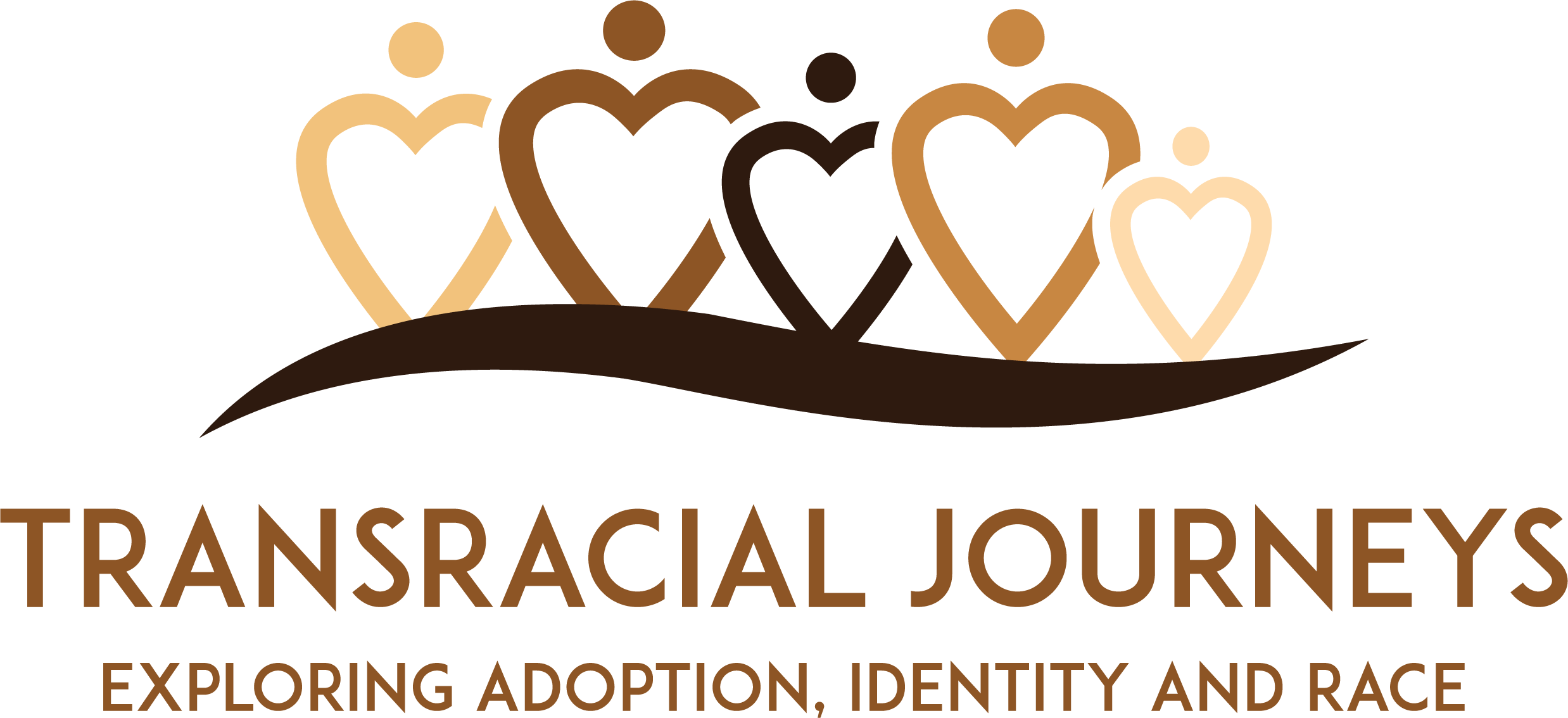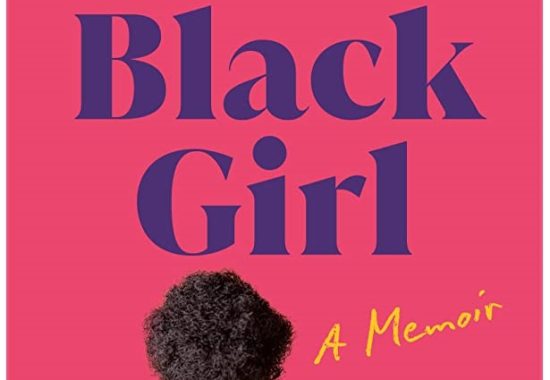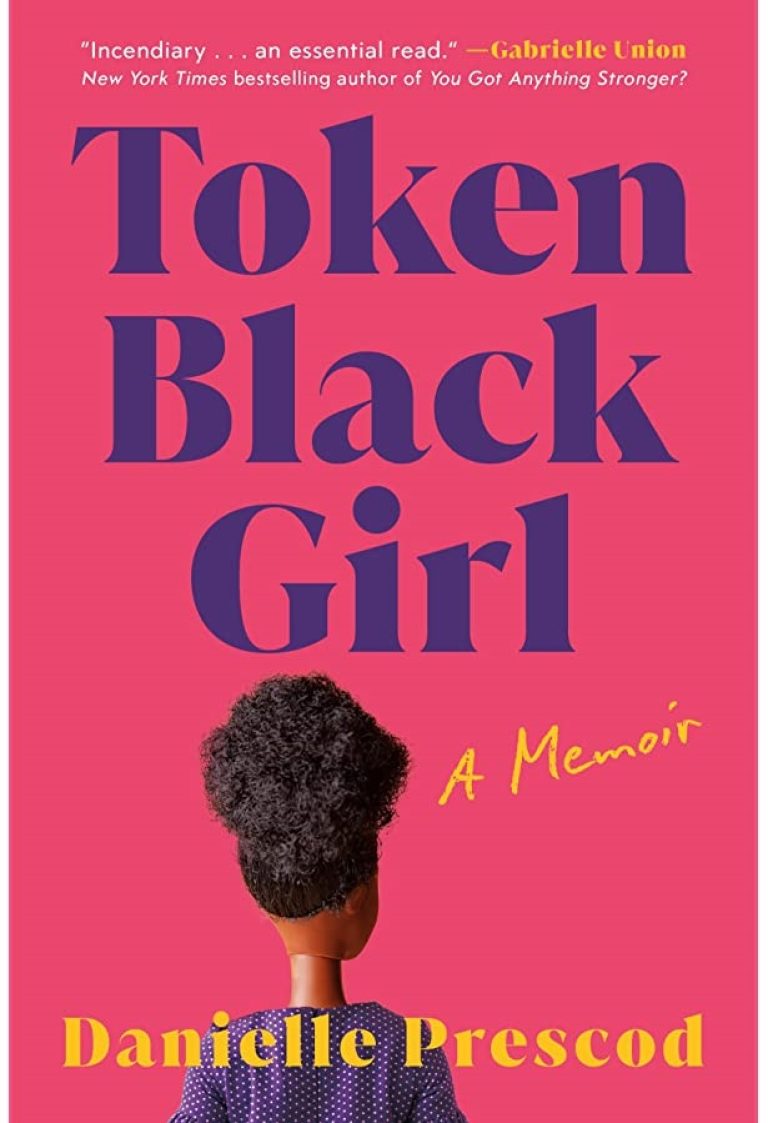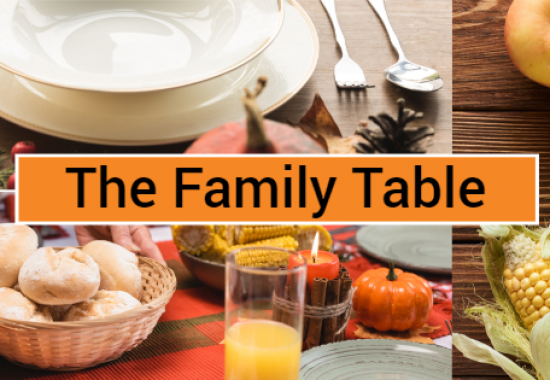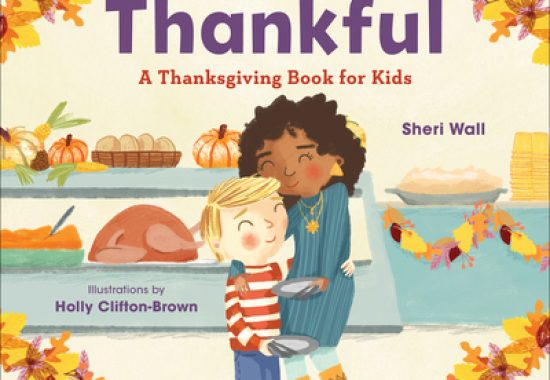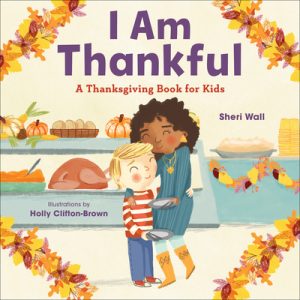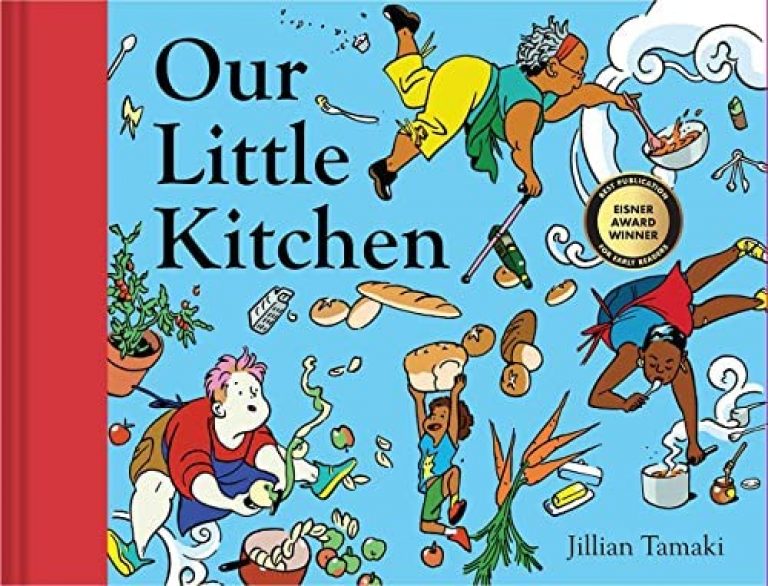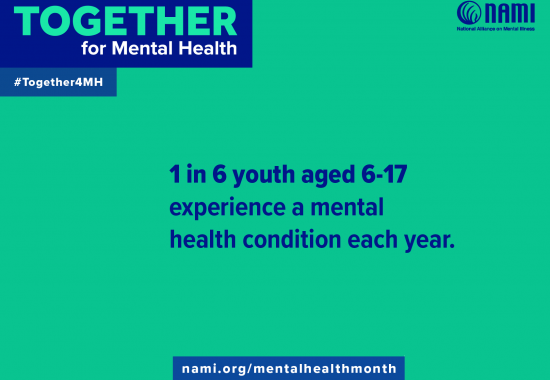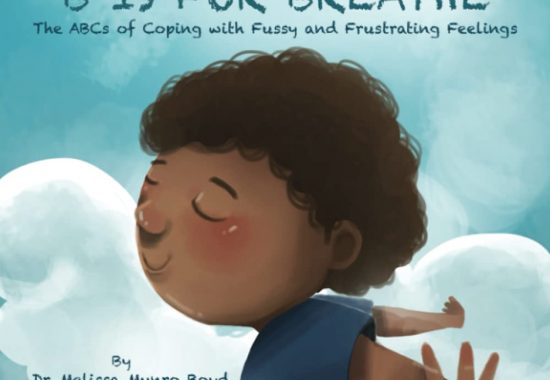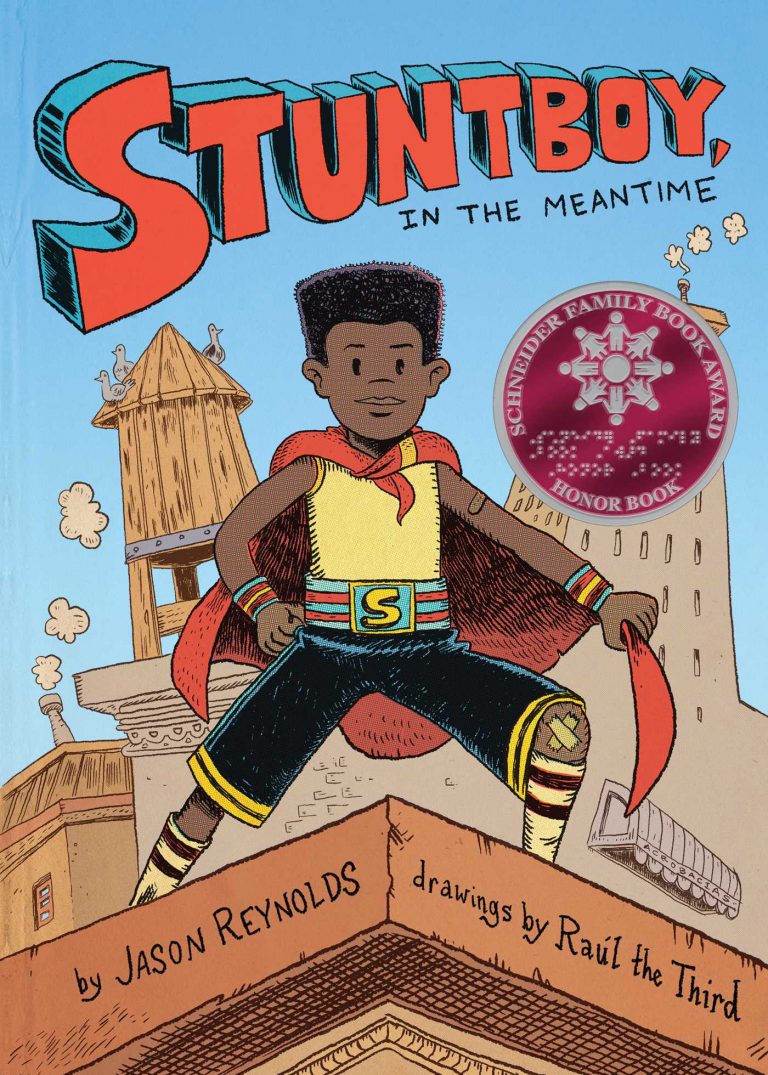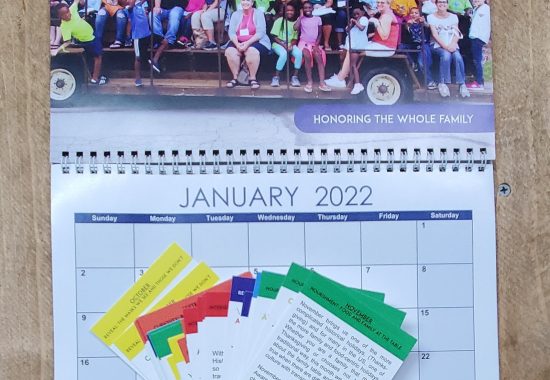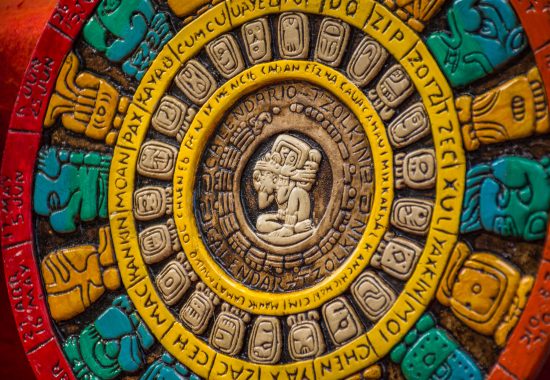Happy New Year and happy January! With the dawning of each new year, many of us make pacts or contracts with ourselves to either do or not do something, so we make New Year’s resolutions. The Roman god Janus, for whom the month of January is named, comes to mind. He is depicted as a man with two faces, one face looks forward and the other looks back.
This two-headed depiction of an old, Roman god may resonate with those of us living in families experiencing multiple dualities ourselves. Families like ours, formed by transracial adoption, experience dualities of identity in which there are several intersectionalities. Race, gender expression, religious beliefs, class, disability and adoption are but a few of these intersectionalities.
“Janus was also the guardian of gates and doors. He presided over the temple of peace, where the doors were opened only during wartime. It was a place of safety, where new beginnings and resolutions could be forged.” How you manage your gates and doors this year to promote your own temple of peace may take some planning, some resolve or some resolution.

April gives some great tips for January and nurturing this type of intentionality in her deck of cards: Read January Relationships: Honoring the Whole Family
- “Think about culturally diverse holidays that can be added [to your calendar] and make a plan to learn about these new holidays together as a family.”
- “Work together to decide the best way to honor both the fun days and make room to honor and prepare for the harder ones.”
Parenting with the Calendar: Gateways and Doorways
As parents, we manage gateways and doorways constantly. Think about the calendar year ahead, and write down some gateways or doorways you may want to nurture opening, guard and keep closed or crack open a little? How do we purposefully navigate our dualities? Like Janus, how can we look back and how can we look forward? How can we honor, celebrate and mourn as families where we have been and where we are going? Using our calendars to light the way can be a start.
For more ideas about governing your calendar read our previous post, The New Year and Hard Relationships.
This post is from our January, 2023, e-newsletter. If you would like to get our newsletter in your inbox each month, please subscribe.
